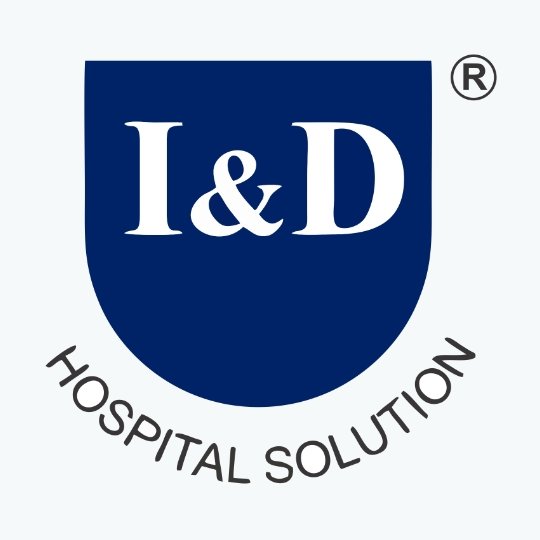Modern Healthcare Technology

Technology has brought the healthcare industry a massive and welcome change. Patients now have access to some of the best diagnostic tools, new and state-of – the-art treatments, and a myriad of minimally invasive procedures that lead to less pain and faster cure.
Remote consultations with specialists, targeted treatments, and the availability of intuitive mobile apps have led to improved patient care and a superior healthcare experience overall. In addition, the development of new treatment methods that lead to better outcomes has also improved patients ‘ quality of life. The following points illustrate how the healthcare industry has changed with innovation.
Digitization of Health Records
Dusty and bulky paper files are slowly giving way to streamlined digital records that are securely uploaded to the cloud and made accessible remotely to patients and healthcare professionals. This makes it easy and fast to store, manage, and transmit data. Professionals and physicians are made available to support professional decisions; allowing stronger, more educated medical decisions to be taken. Digitization of health records also facilitates efficiency and delivery of healthcare to remote or inaccessible locations. This digitization has the potential to streamline processes, improve patient outcomes, and reduce costs.
Mobile App Technology in the Medical Field
Not only do patients have access to quick and accurate medical information using their handheld devices, but they can also use apps to track doctor appointments, get reminders to take their medications. Health and fitness apps help people get healthy by monitoring their levels of food intake and exercise and providing personalized solutions.
Some applications can also aid doctors in high-stress jobs by increasing filing time, record management, and other daily tasks. Mobile apps offer access to information on drugs to help prevent side effects and complications, solve problems, and improve diagnosis. Doctors can communicate directly to their patients, accurately monitor their vital signs, keep track of appointments and consultations, and achieve greater productivity in procedures.
Electronic Medical Records
Electronic health records (EHRs) consist of digital summaries of the medical records of a patient. Diagnoses, medical results, and descriptions of hospital stays, surgical interventions, and medications could be included. These provide a description of the health of a person; allowing for a more accurate diagnosis and better patient care.
These electronic records facilitate easy information sharing and collaboration between laboratories and specialists without physical transmission time and resource expenditure. EHRs provide healthcare professionals with data on allergies and intolerances for patients and anything else that might be relevant; particularly if the patient is unaware.
Big Data and the Cloud
Across various industries, including education, big data is a buzzword. This is because it is now possible to generate and obtain huge amounts of data from various sources in the healthcare field. Such data are then used to evaluate, forecast future epidemics and ultimately prevent deaths. Data storage in the cloud helps to improve performance and usability while reducing waste. This also helps to develop new treatment methods and lifesaving medication products in research and development. Cloud services can, in addition, be invaluable to medical research, offering large amounts of research and evaluation and enabling successful sharing of health information. The cloud offers reliable and cost-effective storage solutions with features for backup and recovery, but without the hassle or cost of maintaining additional hardware for servers.
Information and Communication Technology
Developments in ICT are constantly improving and streamlining the operation of the healthcare industry and how patients communicate with their care providers. Medical experts have access to comprehensive research studies and a range of population groups offering new insight into genes, disorders, and quality of treatment.
Care providers can use this new technology to compare patient data with many other patients, identify risk factors, and recommend preventive therapies. TThe technology has given medical tourism a huge boost; it has made it possible for patients to get in contact with experts in virtually every part of the world for appointments and second opinions; wherever they may be. After remote communications such as video conferences, patients can then travel to another country for specialized treatment or progress significantly.
Conclusion
In some parts of the world, technological developments are better taken up in the fields of health care than others. Developed nations have been able to make more effective use of technology to improve patient care; however, developing nations are catching up quickly. Healthcare providers who have not yet embraced the resources technology puts at their fingertips realize their vast untapped potential and make the necessary improvements and investments to streamline procedures, reduce costs, increase efficiency and, most significantly, improve the quality of care.



